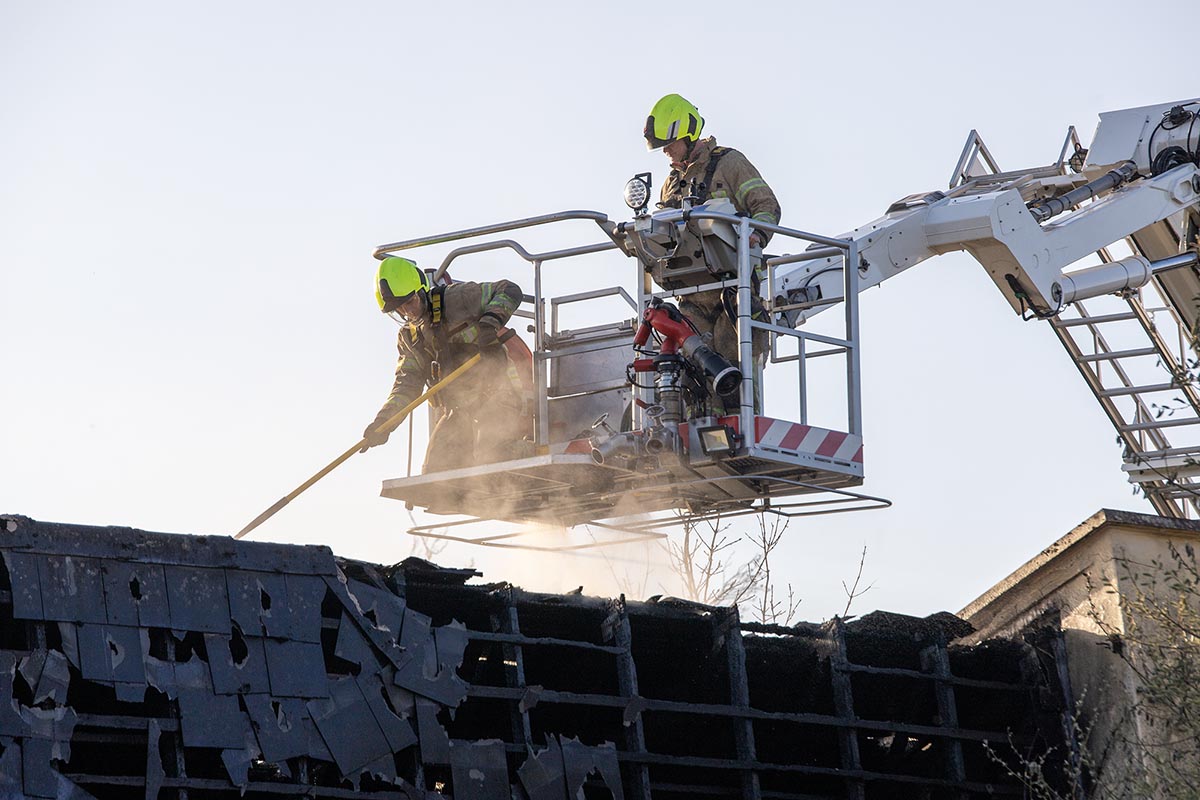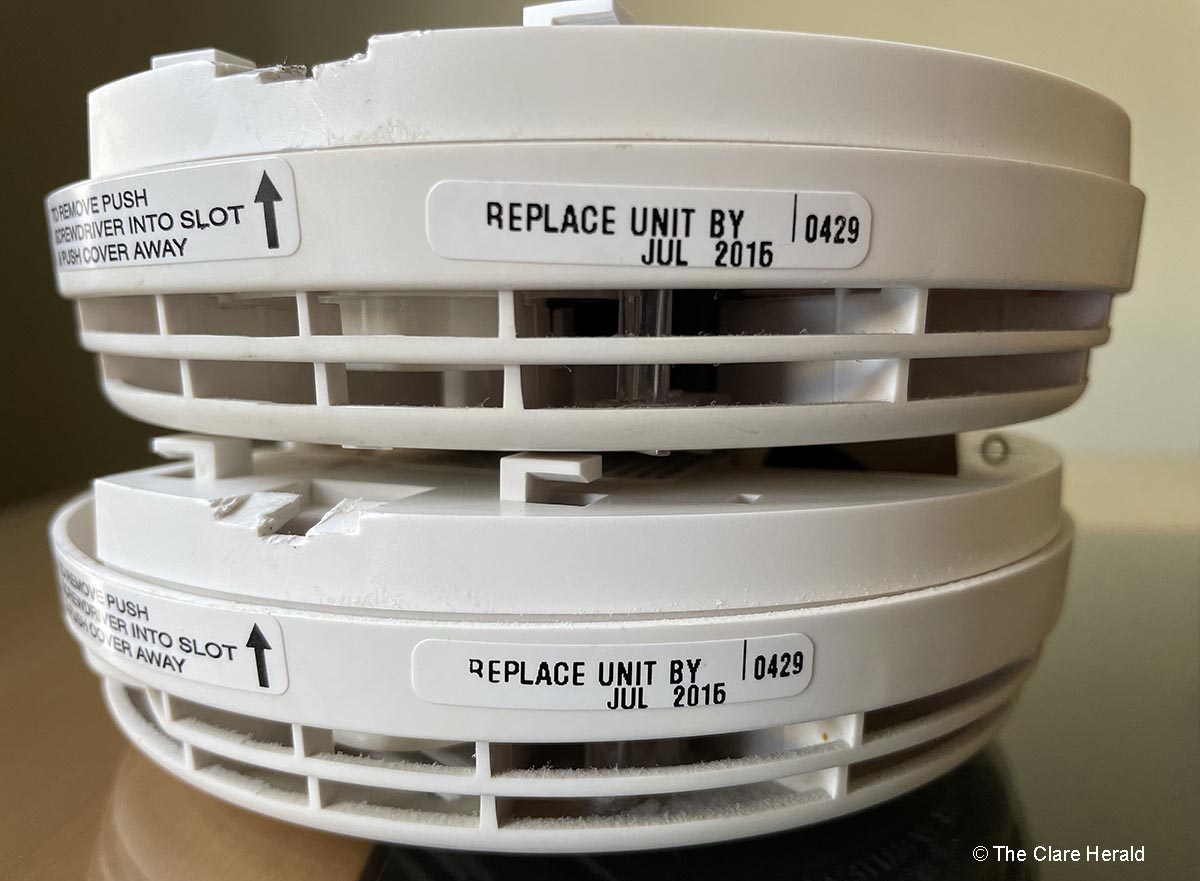Chimneys, flues, hot ashes and soot were the top cause of fire recorded in 2024 while fires occurring due to malicious intent and rubbish burning also featured highly in new statistics.
Data compiled by the National Directorate for Fire and Emergency Management, in the Department of Housing, Local Government and Heritage using data provided by fire services throughout the country.
Fire brigades attended almost 20,000 fires in 2024 across various locations that included domestic buildings, industrial facilities, motor vehicles, forest and grassland areas, outdoor rubbish sites, right through to ships and aircraft. Within homes, fires caused by electrical wiring and electrical equipment, cooking and heating all featured as causes of fire attended by fire brigades in 2024.
The data also records 25 total fatalities in 2024 from fire incidents in homes, with 21 of those 25 deaths involving people aged 55 or over.
Keith Leonard, National Director for Fire and Emergency Management said: “My condolences to the families and friends of people who have lost their lives to fires. The data published today provides a useful insight to the top causes of fire and shows the breadth the work carried out by our fire services.
I hope that publishing this data will remind all of us of the need for vigilance and the importance of fire prevention and safety measures. I would also like to commend the fantastic work of our fire brigades not only in attendance at fire incidents but also for their role in fire prevention and inspection.
“We run a media campaign throughout the year to raise awareness of Fire Safety. I encourage people to familiarise themselves with the advice carried in this campaign. Our core message is to fit a working smoke alarm and test it weekly, have your chimney cleaned and have an escape plan for your household should a fire break out.”

Mr Leonard added: “We can also see from the data published today that fire incidents are of course not confined to the home. Businesses, commercial buildings and places of work also feature as locations of fire. Our fire services also attended a number of fires on open areas and grassland and we would like to remind people that the burning of agricultural land or waste is not permitted without approval from your local fire authority.
“We can see from these figures that fatalities due to fire incidents are higher amongst those aged 55 and over. I would encourage all of us to think of older neighbours and relatives and the next time you are in their homes, check that they have a working smoke alarm – the most important piece of fire safety equipment for the home.”
Updated data sets, now including 2024 figures, can be found here.
The figures do not represent all potential causes of fire, as not all counties report specific “causes of fire” within their jurisdiction. All counties do collect location and this gives a strong direction of where fire safety awareness needs to be targeted. NDFEM is currently reviewing how and what data is collected, taking into consideration new emerging technologies.
Smoke alarms
The top advice from the NDFEM is to have at least one smoke alarm fitted on every level of your home, ensure you can hear them from your bedrooms, test them weekly and check their expiry date. In under three minutes you could die from smoke inhalation and the sound of a smoke alarm is the sound that could save your life.
Also, have in your mind for you and your family an escape plan in the event of the smoke alarm sounding. The simplest route is generally the best way out.

